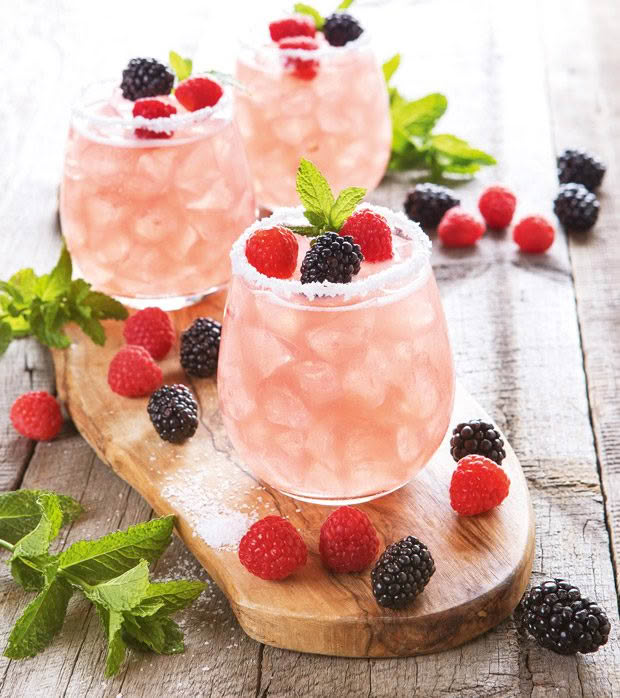What to know if you want to distil your own gin

Here’s what you need if you want to join the ‘ginaissance.
Words: Nadene Hall
There’s an easy way to make a basic ‘gin’ which doesn’t involve anything other than a jar, ingredients you probably have in your kitchen or garden right now, and a little time.
But if you want to do it the traditional way, you’ll need a copper still. Jill Mulvany of Alembics has been teaching people how to distill spirits using a range of different copper stills for a decade.
The number of people interested in crafting gin has exploded in recent years and she now teaches courses on what is an art and a science. First, you need a base spirit. Jill recommends a good quality vodka, 40% ABV (alcohol by volume).
“Check the label to see that it’s made from maybe a wild wheat or grain and from a reputable country. That way, you’re starting with a well-prepared neutral spirit that’s had the nasty bits removed from it, and you don’t have to worry about removing the alcohols you don’t want like methanol.”
Next, you need good quality botanicals. Jill imports juniper and other dried ingredients from a carefully selected range of importers, selling them to home gin-makers and artisan distilleries. “If they’re dry and dusty, you’re going to going to get a dry and dusty product.”
You’ll also need a still, which turns the vodka into a vapour. The vapour travels up the still’s ‘neck’ and through the botanicals (which sit inside the ‘neck’ in a muslin bag), infusing it with flavour. As the vodka vapour cools, it pours down a separate spout. From 1 litre of vodka, you can distil about 500ml of liquid. This must then be mixed with water to get it back to 40% ABV.
“The actual heroes of the gin are the botanicals. People come to a course and they’re all excited about making gin. They want to buy a great big still, and I say no. Get a small still because it’s actually about really getting to know the botanicals, the flavour and aroma profiles that make a good gin.
“If you buy a big still and make a big batch of gin and it’s awful, you’re going to be stuck with all this gin to drink. A little still can make 1-1.5 litres at a time and you can practice adjusting blends.”
Finally, beginners need to use a proven recipe and weigh the ingredients. Recipes for distilled gin need to be accurate as even a small deviation can completely change the flavour.
“I don’t think a teaspoon or tablespoon measure is terribly accurate,” says Jill. “It’s alright for cakes and cooking but when you’re working on trying to achieve a very fine balance, it’s really important to measure accurately. Some gin botanicals are very intense, like cardamom, peppercorns or citrus peel.
If you go even half a gram to a gram over (the amount required) it will hit the blend a bit and will become too dominant. “It’s important to be focused and quite disciplined about your practice and that leads to a much better result.”
Alembics now sells its gin-making workbook online.
Love this story? Subscribe now!
 This article first appeared in NZ Lifestyle Block Magazine.
This article first appeared in NZ Lifestyle Block Magazine.
